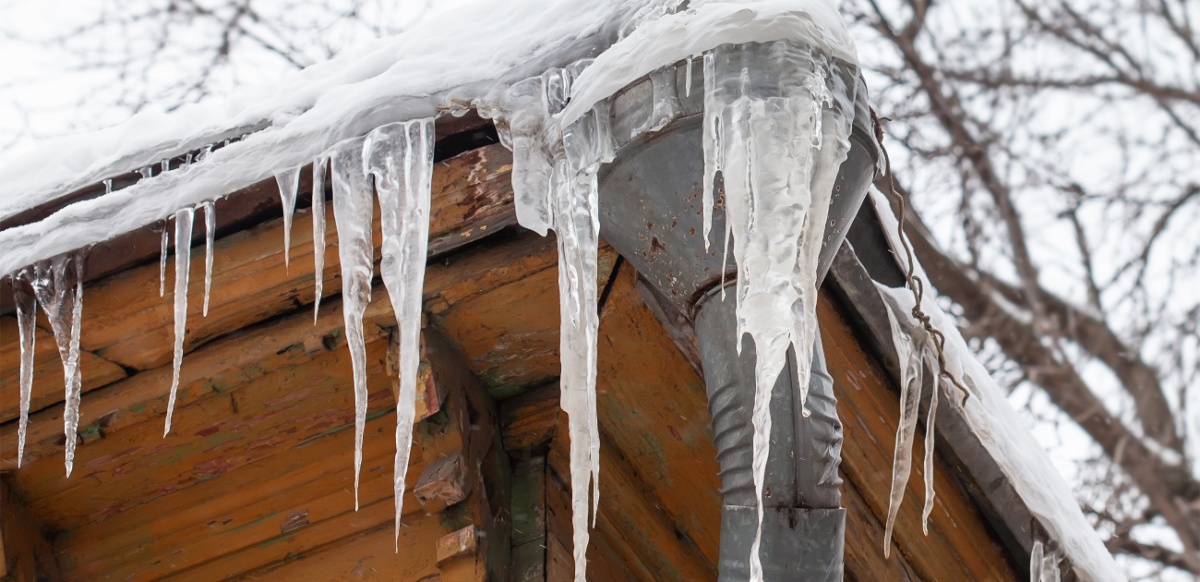Advice for Preventing Frozen Plumbing in Cold Weather: Professional Tips
Call TodayJust about every person will have their private idea in relation to How to Prevent Your Pipes From Freezing.

Winter can wreak havoc on your plumbing, specifically by freezing pipelines. Here's just how to prevent it from taking place and what to do if it does.
Intro
As temperatures decrease, the risk of icy pipelines rises, possibly leading to pricey repair services and water damage. Recognizing how to stop frozen pipelines is vital for homeowners in chilly climates.
Prevention Tips
Shielding vulnerable pipes
Cover pipelines in insulation sleeves or utilize warm tape to shield them from freezing temperatures. Focus on pipelines in unheated or external areas of the home.
Heating methods
Keep indoor areas adequately heated up, particularly areas with plumbing. Open closet doors to permit warm air to flow around pipelines under sinks.
Just how to recognize icy pipes
Seek decreased water circulation from faucets, unusual odors or sounds from pipes, and noticeable frost on exposed pipes.
Long-Term Solutions
Structural modifications
Think about rerouting pipelines far from outside wall surfaces or unheated locations. Include added insulation to attic rooms, cellars, and crawl spaces.
Upgrading insulation
Invest in premium insulation for pipes, attic rooms, and walls. Appropriate insulation aids keep constant temperatures and minimizes the risk of icy pipes.
Securing Outdoor Pipes
Garden pipes and outdoor faucets
Separate and drain yard hoses prior to winter season. Mount frost-proof faucets or cover outdoor faucets with insulated caps.
Recognizing Icy Pipelines
What triggers pipes to freeze?
Pipes freeze when revealed to temperature levels listed below 32 ° F (0 ° C) for expanded periods. As water inside the pipes freezes, it increases, taxing the pipeline wall surfaces and possibly creating them to break.
Threats and damages
Frozen pipes can result in water system interruptions, building damages, and costly fixings. Burst pipes can flooding homes and trigger comprehensive structural damage.
Indicators of Frozen Piping
Recognizing icy pipes early can prevent them from breaking.
What to Do If Your Pipelines Freeze
Immediate activities to take
If you believe frozen pipes, maintain faucets open up to eliminate pressure as the ice thaws. Utilize a hairdryer or towels taken in hot water to thaw pipelines slowly.
Final thought
Stopping icy pipes calls for positive measures and quick feedbacks. By comprehending the causes, indications, and preventive measures, property owners can secure their plumbing during cold weather.
6 Proven Ways to Prevent Frozen Pipes and Protect Your Home
Disconnect and Drain Garden Hoses
Before winter arrives, start by disconnecting your garden hoses and draining any remaining water. Close the shut-off valves that supply outdoor hose bibs and leave the outdoor faucet open to allow any residual water to drain. For extra protection, consider using faucet covers throughout the colder months. It’s also important to drain water from any sprinkler supply lines following the manufacturer’s directions.
Insulate Exposed Pipes
Insulating your pipes is an effective way to prevent freezing. Pipe insulation is readily available at home improvement stores and is relatively inexpensive. Pay close attention to pipes in unheated areas such as the attic, basement, crawl spaces, or garage. Apply foam insulation generously to create a buffer against the cold. You can also wrap your pipes in heat tape or thermostat-controlled heat cables for added warmth.
Seal Air Leaks
Inspect your home for any cracks or openings that could let in cold air. Seal any holes around the piping in interior or exterior walls, as well as the sill plates where your home rests on its foundation. Additionally, make sure to keep your garage door closed unless you’re entering or exiting. Leaving it open creates a significant air leak that can lead to frozen pipes.
Allow Warm Air Circulation
During cold snaps, it’s essential to allow warm air to circulate evenly throughout your home. Leave interior doors ajar to promote better airflow. Open kitchen and bathroom cabinets to help distribute heat consistently around the rooms. If you have small children or pets, be sure to remove any household chemicals or potentially harmful cleaners from open cabinets for safety.
Let Faucets Drip
A small trickle of water can make a big difference in preventing ice formation inside your pipes. When temperatures drop significantly, start a drip of water from all faucets served by exposed pipes. This continuous flow helps prevent the water from freezing. Additionally, running a few faucets slightly can relieve pressure inside the pipes, reducing the chances of a rupture if the water inside does freeze.
https://choateshvac.com/6-proven-ways-to-prevent-frozen-pipes-and-protect-your-home/

Hopefully you enjoyed our article about Winter Plumbing Precautions: Preventing Frozen Pipes. Thanks so much for finding the time to read our blog post. Sharing is good. Helping people is fun. I enjoy your readership.
Go Services